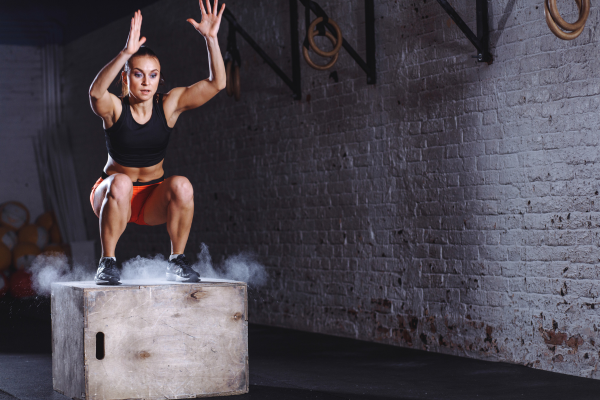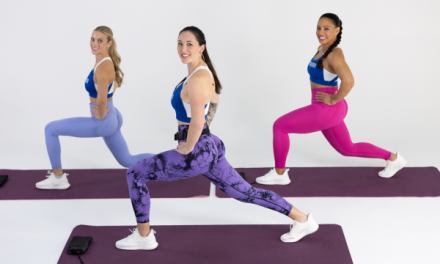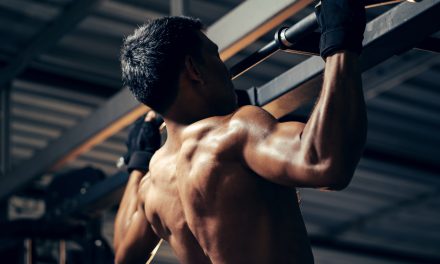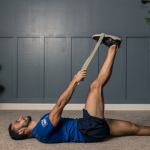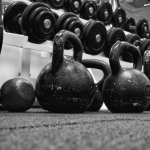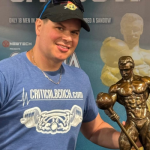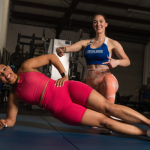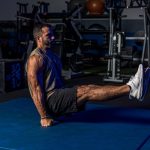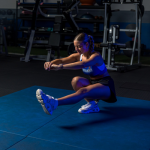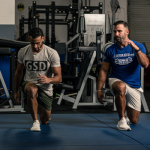In this interview, Critical Bench author, Jedd Johnson interviews Jerry Shreck, from Variety Trainer and originator of the Deceleration Training program.
1. Jerry, tell us a little about yourself and how you came to be a Strength Coach at a Division 1 University.
Well I graduated from East Stroudsburg University with a major in Movement and Exercise Science and a minor in Sports Medicine/Athletic Training. My first job was working at a pretty big high school that was serious about their sports; so serious that the town would all but shut down for Friday night football games.
What surprised me when I got there was they never had an athletic trainer or strength coach there before. I was their guy and I was able to accomplish some great things there.
Then an opportunity presented itself, one of those “being in the right place at the right time” situations. So I pursued it hard and landed a job working as an athletic trainer at a D-I University (Bucknell). To my surprise they had no full time strength coach. Just a guy who kind of worked with the football and wrestling programs.
To make a long story short; within a year, I was volunteering in the mornings 5 days a week to train 7 different sports teams. Within 2 years I was hired as Bucknell’s first full time strength coach and have been there ever since.
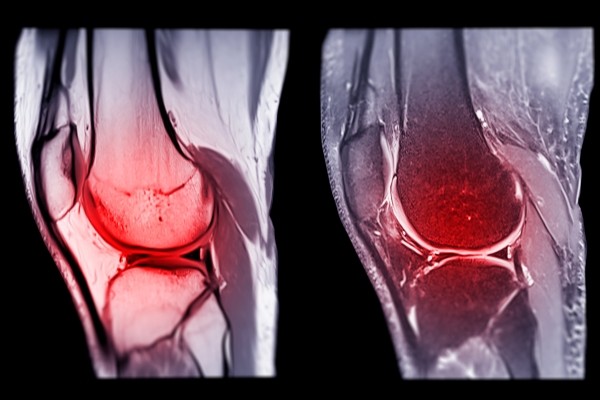
2. Jerry, what sports do you work with at the Division 1 Level?
I work with 27 varsity programs and one club varsity team (men’s rowing). I oversee 2 weight rooms and have one full time and one part time assistant. My full time assistant works directly with football in the stadium weight room. The other weight room houses M & W Basketball, M & W Lacrosse, M & W Soccer, Field Hockey, Volleyball, Women’s Rowing, Baseball, Softball, M & W Swimming & Diving, M & W Track & Field, Cross Country, M & W Tennis, M & W Water Polo, M & W Golf, Cheer Leading, and Wrestling.
I think I got them all and I oversee all of them. Injury prevention is my top priority with all of their training. They do keep me busy!
3. Jerry, I know a very serious injury that athletes experience in college athletics is ACL Tears. For those who might not know what is the ACL?
Well first, I would really like to point out that ACL tears occur at all levels of sport and it can be one of the worst injuries an athlete can suffer. The Anterior Cruciate Ligament or commonly known as the ACL is a major ligament that really helps to stabilize the knee. Without getting too technical, it attaches the femur bone (upper leg) to the tibia bone (lower leg/shin) and runs across and through the main joint of the knee. Its main purpose is to keep the tibia bone from moving forward.
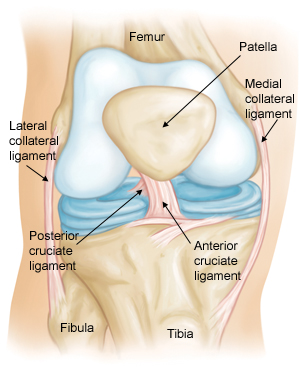
4. What causes an ACL Injury? What types of movements in sports bring about these tears?
An ACL tear occurs when it is stretched beyond its tensile strength limit and it essentially gives until it snaps. It would be like stretching a rubber band until it breaks. This normally occurs either by a contact or non-contact injury. A contact injury would be from contact with someone or something violently. An example of this would be if a football lineman was involved in a pile up and another football player rolled up on or fell into his leg.
A non-contact tear occurs normally in stop-and-go sports, usually when changing direction or landing poorly form a jump but without touching anyone or thing. An example would be a soccer player sprinting down a field and was going to cut to the left. He/she would typically plant with the right foot and extend through the ankle, knee, and hip (triple extension) to push off towards the left.
What can happen when sprinting, if there is not good glute activation and the athlete is quad dominant, the tibia will be pulled forward and when the athlete tries to pivot it will result in an over stretching of the ACL – – “POP” – – – the ACL tears.
5. What does it mean if an athlete is Quad Dominant, and can this increase ACL injury risk?
I see quad dominant athletes more and more now days for reasons that I won’t go into right now. Basically, what this means is an athlete is relying on their quads as the main muscle groups of the lower body to decelerate and accelerate when doing athletic types of movement. This quad dominance can place the knees into improper positions that can predispose athletes potential for injuries.
Getting good activation of the gluteus muscles during deceleration and acceleration types of movements will not only assist the quads but also place the body into more proper biomechanical positions resulting not only in lower chances of injury but a more stable and explosive athlete.
6. Jerry, you have developed a program to prevent ACL tears. What is the program called, and what is the basis of the program?
It is called, Deceleration Training To Prevent ACL Tears. It is ten years in the making and has been tested and used on all levels of athletes for the past 8 years with outstanding results! It is basically a systematic progression of exercises and drills that re-train an athlete to use his/her glute muscles when moving in or out of any athletic movement.
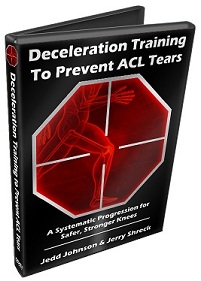
Younger athletes today sit more than ever before in front of the TV, computer, texting on the phone, and/or playing video games. I believe this to be shortening their hip flexors and in return causing other problems. One major problem is the inability to fire up the glutes properly. This is one of the main reasons I believe we are seeing a rise in ACL tears each year in athletics.
7. Jerry, is this something that just Football players would benefit from or can other athletes do it as well?
ALL athletes that are involved in any sport where sprinting, jumping, cutting and/or change of direction will benefit from this training system.
8. Jerry, is this the type of program that is only good for University-caliber students, or can other athletes use it as well?
I have used this will athletes at all levels from jr. high school to professional athletes. I once used this system with a U-10 soccer team (all under 10 years old). You only advance to the next phase after the athlete has mastered the current one. Obviously, the more mature and athletic the athlete is the quicker he/she would advance.
9. What kind of equipment, space, and time requirements are needed in order to implement your Deceleration Training Program?
Not much equipment is needed at all. A plyo box and some cones is it and if you were creative you would need no equipment.
Space will be determined by how many athletes are going to be trained at a time. Usually, an area of 30 yards would be sufficient. I do the majority of these drills on a basketball court with teams.
Time would be determined more on which phase you are on and the level of athlete learning the phase. Most drills are very short and would normally be done in the beginning of practice 15-30 minutes; twice a week would work on average.
10. Where can we find out more about your Deceleration Training Program?
Check out the full details about the training program here: http://criticalbench.com/goto/ACLtear
You’ll get to see even more details about the program itself, and even get to see me performing some of the drawers full speed.

